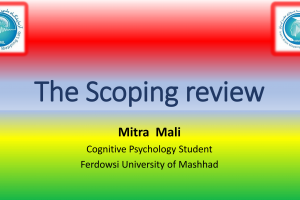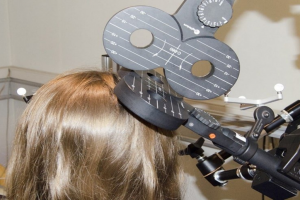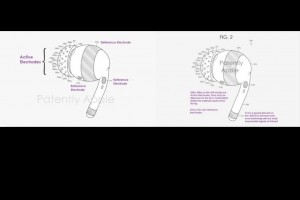Neurofeedback Shows Promise for Addressing ‘Chemo Brain’
Neurofeedback has the potential to alleviate symptoms of “brain fog” and cognitive impairments associated with chemotherapy
Restoring normal functioning in the brains of cancer patients through neurofeedback could potentially alleviate the mental fogginess that many report after treatment, according to a new pilot study from UCLA researchers.
The study is one of the first to indicate that neurofeedback, or electroencephalogram (EEG) biofeedback, could help address cognitive deficits of cancer patients experiencing “chemo brain,” a myriad of symptoms that could include problems with memory, concentration and organization, as well as other symptoms like trouble sleeping and emotional difficulties.
Previous research has found that neurofeedback, in which brain waves are trained to operate in optimal frequency patterns, has helped improve cognitive function in patients with cognitive impairments like attention-deficit/hyperactivity disorder, stroke and seizures, as well as helped regulate brain activity in patients with substance use and post-traumatic stress disorders.
“The history of neurofeedback shows that it’s helpful for a whole range of disorders and symptoms. This study was an opportunity for seeing whether neurofeedback is something that could be helpful with chemo brain,” said Stephen Sideroff, a professor at UCLA’s Department of Psychiatry & Biobehavioral Sciences who led the study and has used neurofeedback training with patients for over 20 years.
The study was published this month in the Journal of Complementary and Integrative Medicine.
The study by Sideroff and UCLA colleagues David Wellisch and Valerie Yarema included nine female breast cancer patients between the ages of 21 and 65 who had completed chemotherapy at least one year earlier and complained of debilitating symptoms of chemo brain, which brought significant disruptions to their work and personal lives.
A clinical nurse practitioner conducted a brief mental status interview with each patient to confirm that they had persistent difficulties with concentration, memory, organization and confusion.
The patients selected for the study did not have a current breast cancer diagnosis, a present or recent diagnosis of a major depressive disorder or other mental illness, or used cognitive-altering medications that might confound study results.
Before the neurofeedback training sessions began, the study participants received neurocognitive and psychological tests, as well as a quantitative EEG to measure brain wave frequencies that could be compared to normative data. The pre-training quantitative EEGs shows that each study participant had abnormal brain waive activity compared to healthy adult brains.
The study participants received a series of 18 neurofeedback sessions, scheduled for 30 minutes each over a six-week period. During these sessions, sensors were placed on the scalp and earlobe to monitor brain wave frequencies.
Patients were shown a monitor displaying these frequencies in bar graphs, and they were told their goal was to increase or decrease the amplitude of specific frequency ranges to turn each bar green. They received audio and visual feedback when they successfully shifted these amplitudes.
Quantitative EEGs taken after the 18 neurofeedback sessions were completed found that brain wave frequencies had significantly normalized in seven of the nine study participants, and they had significantly improved in the other two.





Related Posts